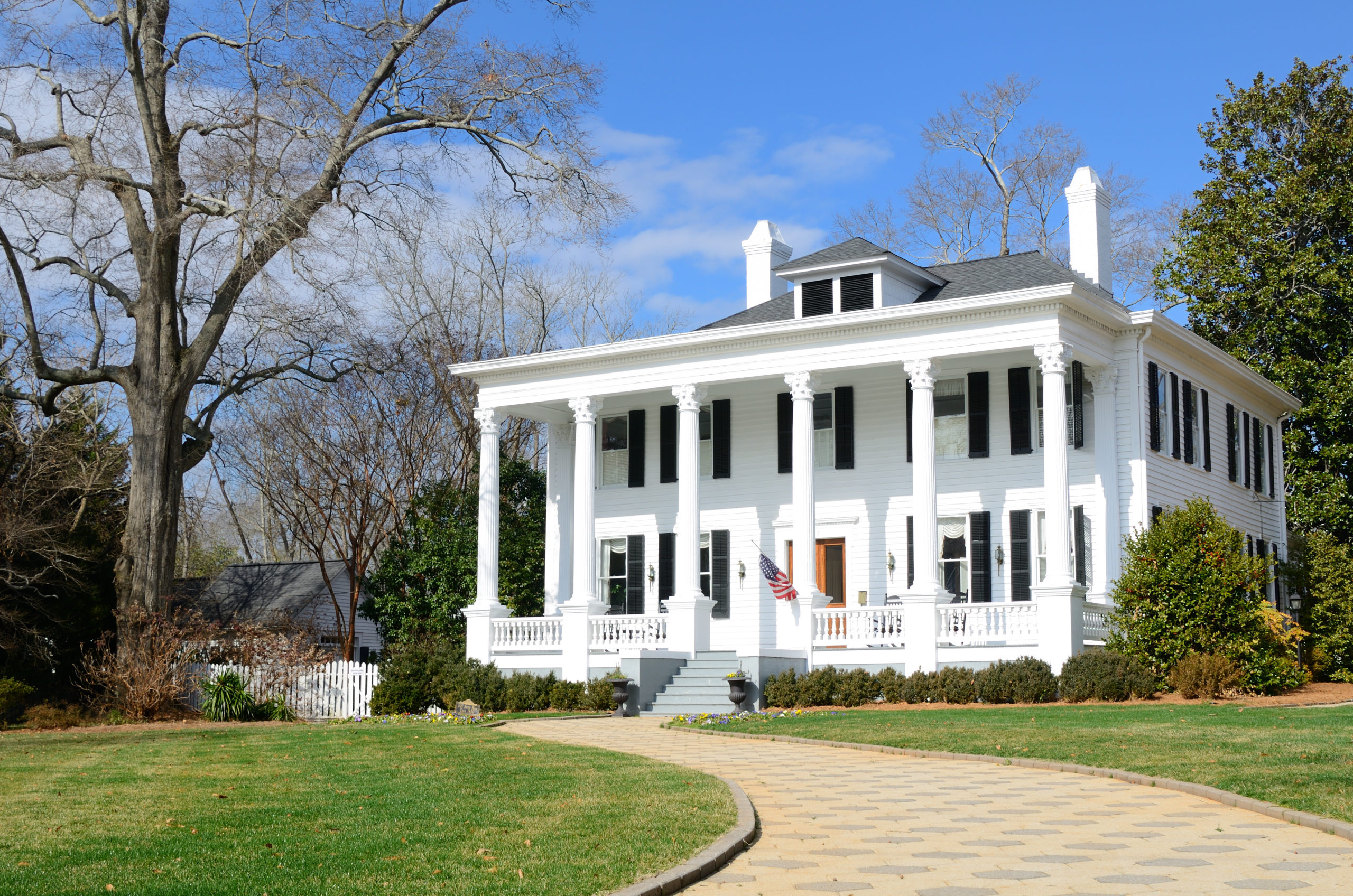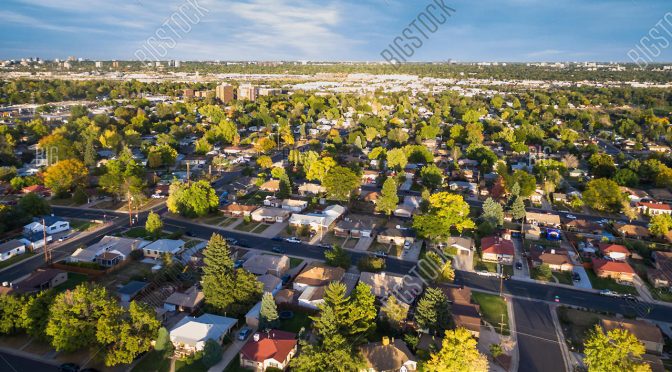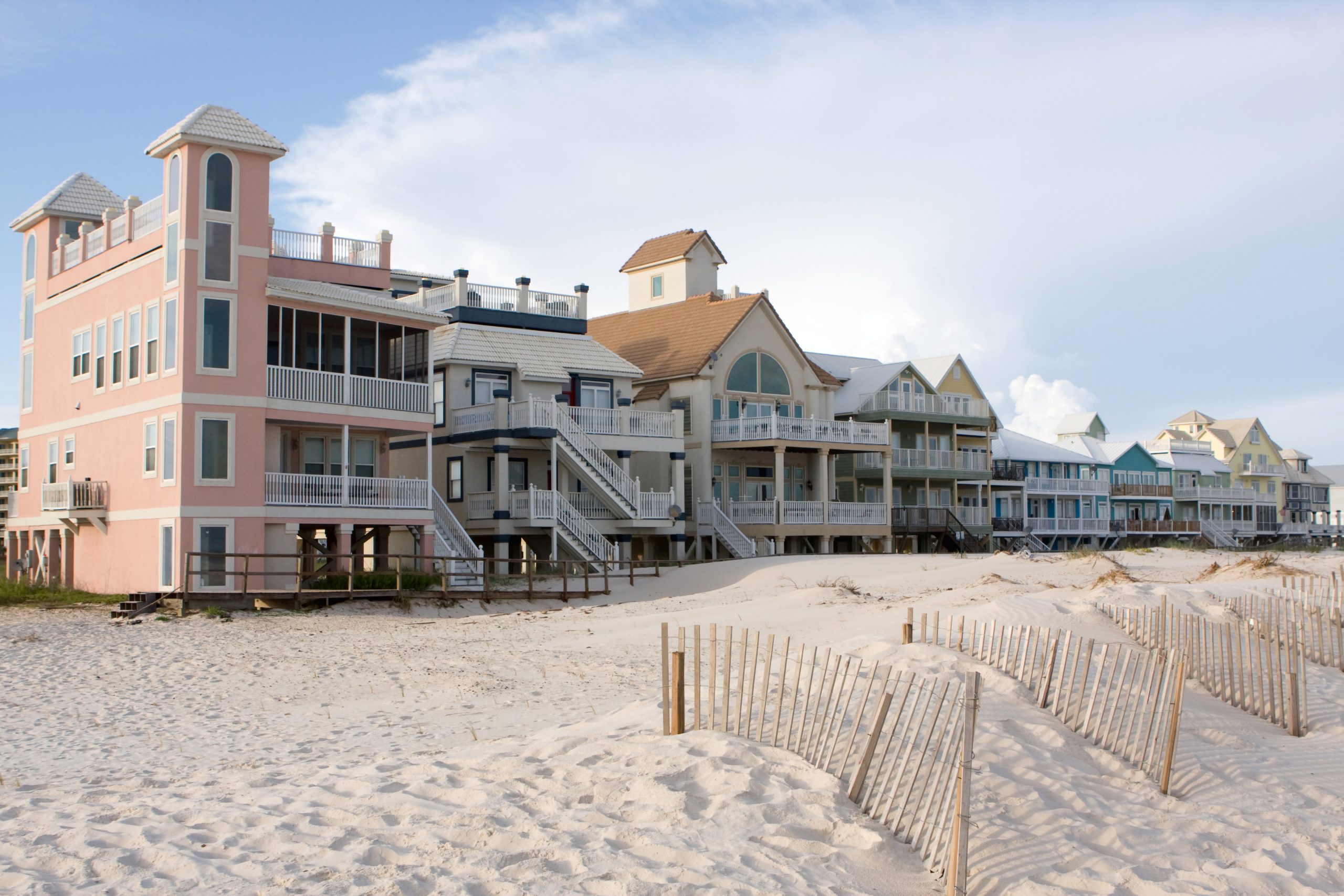How to Achieve Financial Success with the BRRRR Method
If you’re in the property investment game or looking to get in, you’ve more than likely heard the acronym BRRRR. Short for “Buy, Rehab, Rent, Refinance, Repeat” this is a real estate investment strategy that, when done correctly, can have extremely lucrative results. So what exactly is this strategy, what are the pros and cons and how can a hard money investor help you achieve BRRRR success?
What Is the BRRRR Investment Strategy?
Essentially, BRRRR is a strategy that involves buying a distressed property with the intention of fixing it up, refinancing and using the equity to purchase another distressed property and starting the process again. It’s made up of five key steps:
-
Buy
-
Rehab
-
Rent
-
Refinance
-
Repeat
It is absolutely crucial to do each of the steps in order to achieve success.
Whilst this process is more demanding than purchasing a property that is ready to rent out immediately, it is a much more rewarding process. As long as you are willing to put in the hard work, have an eye for the market and don’t mind the stress and cost involved in a rehab project, this method is an excellent way to build your passive income portfolio. With the help of a private fix and flip lender, you’ll grow your wealth with very little capital required upfront.
The BRRRR Steps Explained
To take a closer look at the five steps of the BRRRR method, these are:
B – Buy a Property
The very first step of the BRRRR method is to purchase a property. The goal here is to purchase a distressed property at a price well below market value. It’s important to choose a property that you can add value to through renovations and repair work.
The buy phase requires extensive deal analysis. You’ll need to calculate the costs of the renovations, estimate monthly expenses and rental potential and ensure there is a large enough profit margin once all outgoings are covered. Generally, it’s recommended that you follow the 70% rule. Namely, don’t invest more than 70% of the after-repair value (ARV) of the property.
Tip: Be prepared to walk away if the final asking price is too high. Paying too much can reduce your potential profit and will also mean you’ll have to wait longer to utilize your cash-out refinancing to make your next purchase.
R – Rehab the Property
This step involves repairing, upgrading or renovating the property to make structural, safety and cosmetic improvements that bring the property up to code and increase both its value and its appeal to potential renters.
Rehabbing your distressed property will be a balancing act of increasing value to attract a higher rental income and greater equity without overspending on repairs and renovations. Therefore it’s important to focus on making improvements that will truly increase the value of your property and its rental potential. Don’t get sucked in by fancy add-ons and upgrades that are unlikely to increase your rental income. Ultimately, you should ask yourself two key questions:
-
What needs to be done to make the house livable?
-
What rehab, repairs or renovations will add more value than they cost?
Upgrades and renovations that can add a lot of value and therefore offer a high ROI include:
-
Roof and drywall repair work. Appraisers often take repair work into account, such as fixing or replacing the roof and fixing damage such as drywall damage. Roof and drywall damage also decreases the value of a property, which means you’ll be able to buy the property cheaply.
-
Updated kitchens. Purchasing a house with a kitchen that has been demoed or is unusable, means a much cheaper sale price, since it will not be eligible for traditional financing. Updating a kitchen can often be done affordably and will greatly increase your property’s appeal to renters.
-
Updated bathrooms. A brand-new bathroom will also make your property highly competitive on the rental market.
-
Adding bedrooms. If the house you are purchasing has enough floor space to add additional bedrooms without needing to extend, this will allow you to add significant value for very little cost.
-
Landscaping. Even just simple landscaping can greatly increase the appeal of a property and therefore offers a high ROI.
Tip: Be realistic with your timeframe and budget, and be prepared to conduct a detailed and in-depth cost-benefit analysis, not just when you begin but throughout the project as well.
R – Rent Out the Property
As soon as the rehab work is complete and the property is in good enough condition, rent it out. This step must be achieved before refinancing as often lenders won’t refinance an investment property until it has tenants.
Determine your rental rate by comparing it to other properties in the area and keep in mind a price that is both fair to tenants and accommodating of the property’s outgoings.
Tip: to choose a good tenant, look for someone with a good rental history and a record of making rental repayments on time, a steady job, good credit history, no criminal history or a history of eviction and good references.
R – Refinance
Once you have tenants in place, the next step is to refinance the property. You want to choose a loan with a cash-out facility in order to turn your equity into cash to fund your next purchase. Bear in mind that not all lenders offer a cash-out facility so be sure to check this before deciding on your lender.
Tip: Some lenders also require you to own the property for a certain length of time before allowing for cash-out, so this is something else to check when signing up for your loan.
R – Repeat
Using the cash from your cash-out refinance, you can purchase another property and start the process again. Take the experience and knowledge you’ve gained along the way, learning from your past mistakes to achieve even greater success. The more you do this, the easier it will become. You’ll start having systems in place and contacts that make everything easier, more streamlined and even more cost-effective.
Tip: Be sure to complete each step in the right order, no matter how many repeats you’re up to.
The Pros of the BRRRR Investment Strategy
When pulled off successfully, the BRRRR method can offer a multitude of benefits. For instance:
-
Building up equity which will result in the ability to purchase rental properties on a revolving basis. You’ll end up with a huge property portfolio with minimal capital outlay. Generally, you’ll only need enough money for a down payment and potential closing costs
-
Recovery of your initial capital outlay. Because you’ll be refinancing based on the after-repair value means you may also be able to recoup your initial investment once you’ve refinanced.
-
Ongoing passive income. Owning a large portfolio of long-term investment properties means you’ll receive additional income without ongoing involvement
-
Attracting high-quality tenants. A property that has been renovated to meet higher standards is more likely to attract good tenants. These tenants will be happy to pay higher rent and will take care of the property, positively impacting your cash flow
The Cons of the BRRRR Investment Strategy
Of course there are also downsides and risks to be aware of. Some things to consider include:
-
The cost and work involved in rehabbing a property can be high. Many investors underestimate things such as repair costs, which can affect the outcome of a project. Additionally, managing contractors and subcontractors and dealing with problems that arise can be extremely time-consuming and stressful
-
The process can take a long time, which means it requires a lot of patience and forward-planning. Rehabbing the property can take several months and can often run overtime. Likewise, it may also take longer than expected to be able to access the cash out function of your loan.
-
It can also sometimes take a while to find good tenants, especially if you’ve purchased in a competitive area. Accordingly, you need to make sure you’re able to cover mortgage repayments when the property is unoccupied
-
Financing can be expensive. Hard money flip funding can incur high rates and fees, and often BRRRR investors find themselves overleveraged, especially during the rehab phase
-
The risk of overestimating your ARV or underestimating the costs of the project can have a significant impact on the equity in the property. If you misjudge these things, you may have to wait until the home’s value increases before you can access cash-out refinancing
How A Hard Money Rehab Lender Can Help You Achieve Success with the BRRRR Investment Strategy
The roadblock to investing in the BRRRR method for many investors is funding. Because you’re borrowing money to flip a house, it can be difficult to get a traditional mortgage. This is typically due to the fact that traditional lenders such as banks require an appraisal of the property but it’s difficult to determine the value of a distressed property. Additionally, a distressed property is unlikely to meet the specific guidelines needed to secure a traditional mortgage.
Fortunately, there are other viable options, including hard money lenders for flipping houses. A private hard money lender can finance a distressed property with tailored fix and flip loans. Whilst hard money financing usually involves high-interest rates, these loans are generally short-term allowing you to fund the purchase and renovation and then later refinance with a more cost-effective loan.
Additionally, a hard money lender can lend you up to 90% of the purchase price and 100% of your construction costs, meaning even less upfront capital outlay.
Other Tips for Getting Started
-
Before you begin, it’s a good idea to reduce your personal debt and make sure your personal finances are in shape. This can help ensure you have the capital you need for your first purchase and the costs involved in rehabbing the property
-
Be sure to develop a really good understanding of the markets, so that you know the best places to invest and market values so that you’ll recognize a good opportunity when you see one
If you are ready to begin building your passive income portfolio, Rehablend can help you with cost-effective commercial rehab loans tailored to suit your needs. Contact us today and one of our senior loan officers will be in touch to answer your questions and get you started.
.



